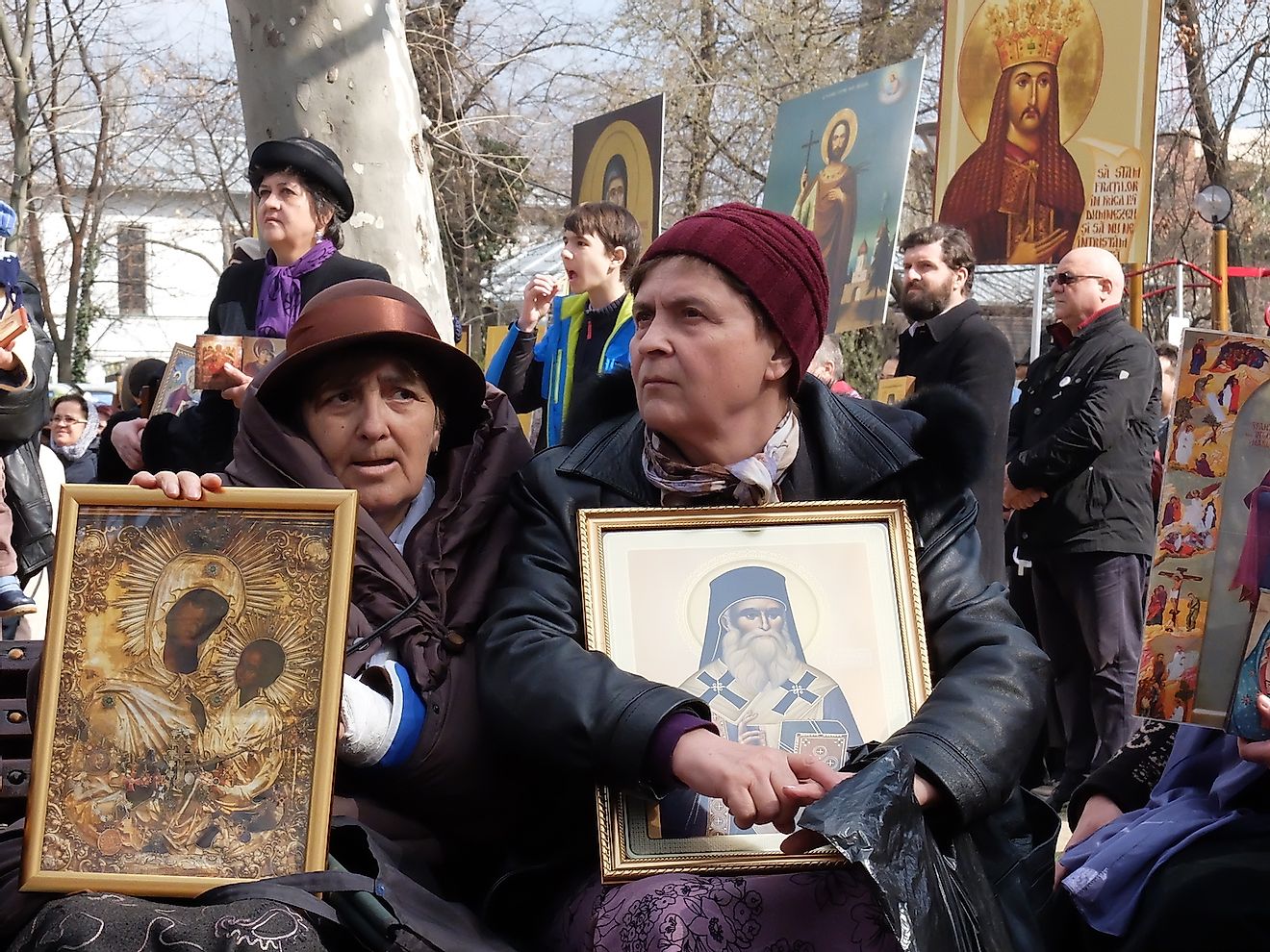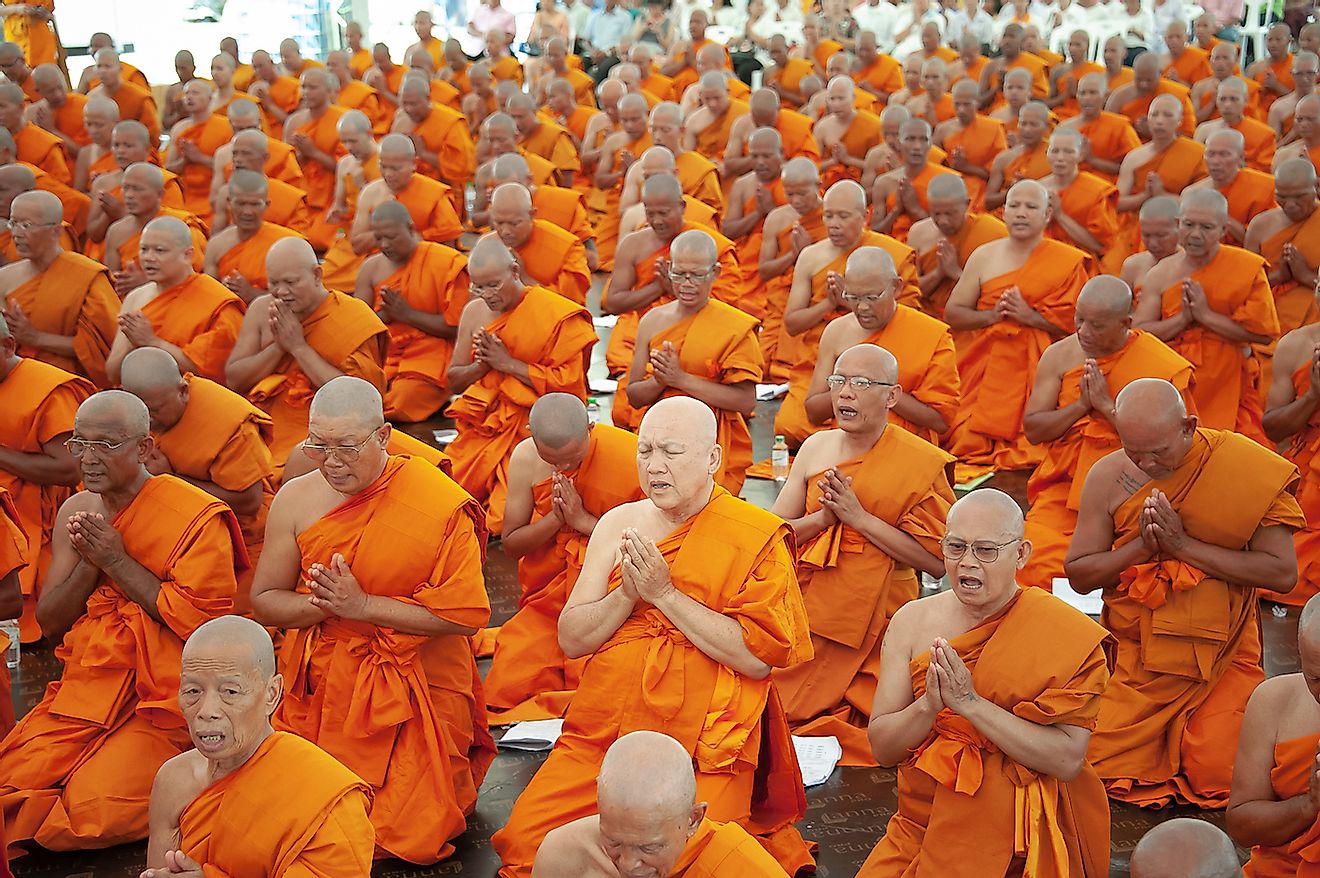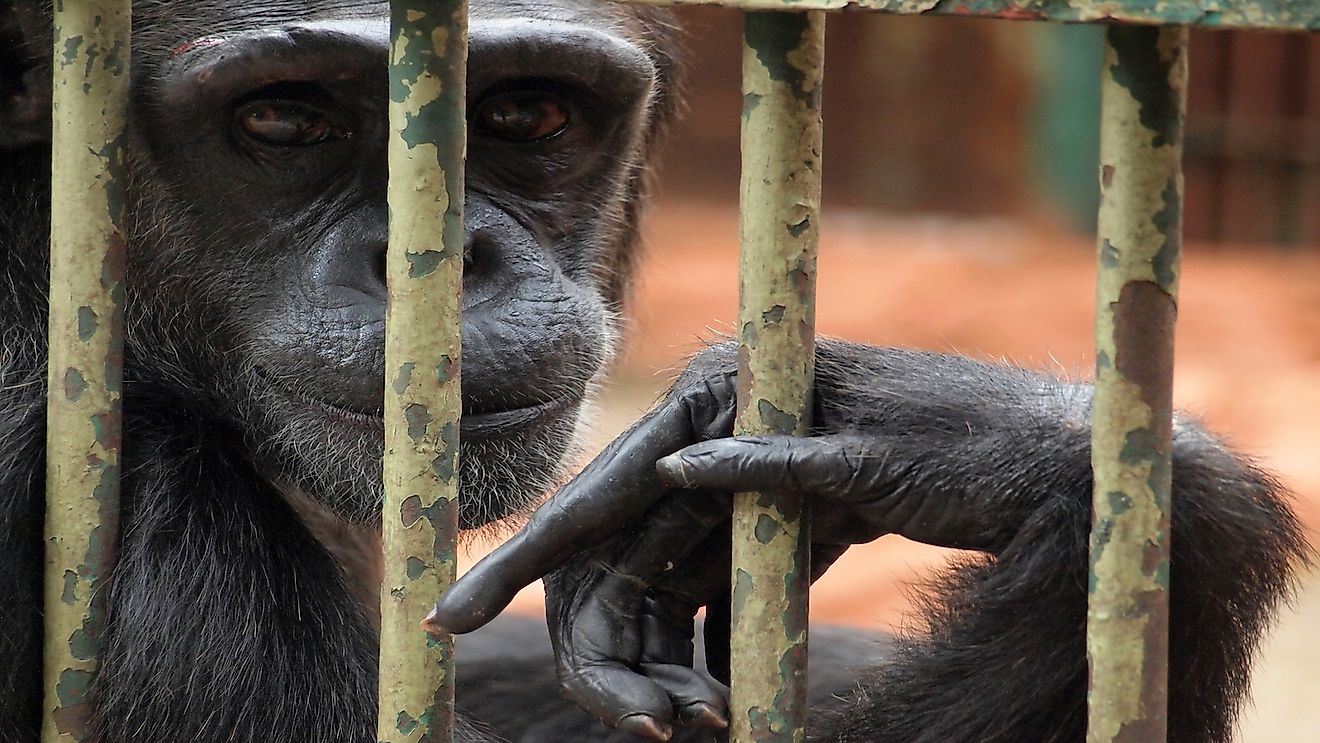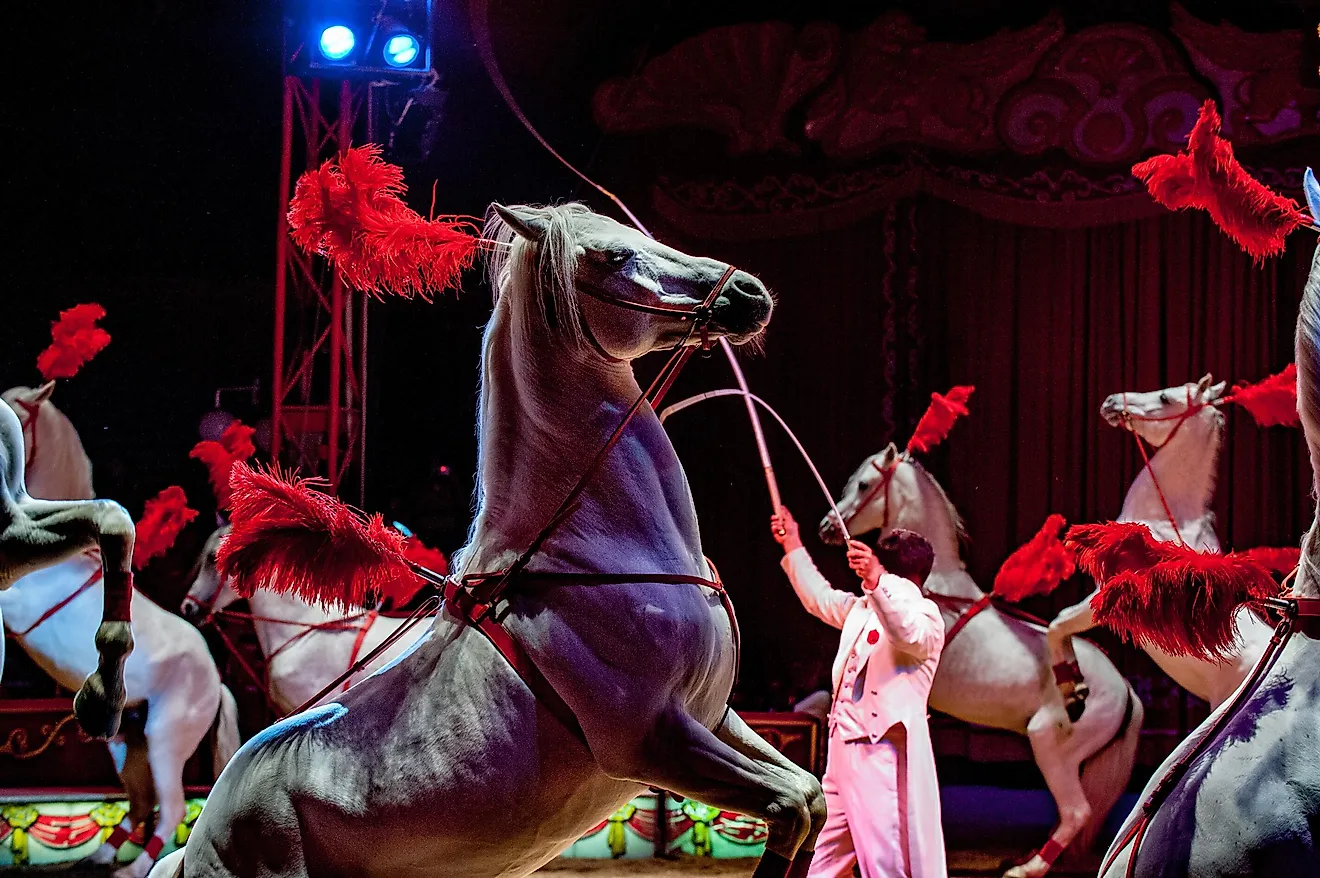Different Santas From Around the World
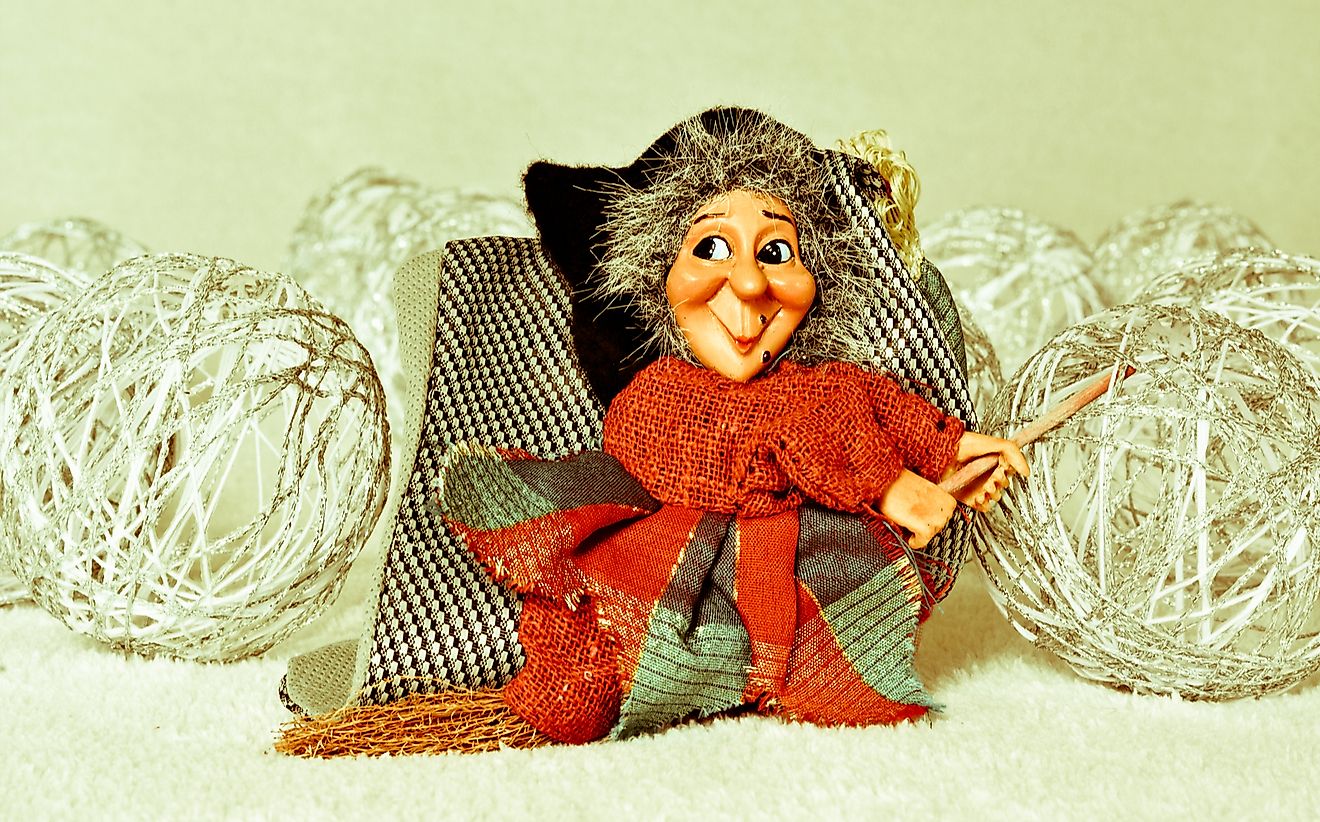
Although many in North America are most familiar with a red-and-white-suit-wearing Santa who boasts a winter beard and long hair, there are variations of Santa around the world. What they have in common: they bring gifts to people during the wintertime. What they don’t: everything else! Here’s a brief overview of the top five that are most different from the traditional Santa Claus.
La Befana (Italy)
La Befana travels throughout Italy on January 5th, on Epiphany Eve and delivers gifts and candy to children. Her broomstick is her mode of transportation. Legend has it that she was visited by the three magi (or wisemen) before the birth of Jesus. They stayed in her home overnight while following the star. Although they invited her to join them, she declined. Later, she had a change of heart. Like Santa, La Befana has pre-Christian roots and there are several theories about her origin. When she’s portrayed in art, she appears as a soot-covered hag, astride her broomstick, with sack of toys over her back. Families leave out a glass of wine and some local treats for her. La Befana has been part of Italian folklore since the 8th century.
Amu Nowruz (Iran)
Amu Nowruz is also known as Baba Nowruz and is associated with the Persian new year celebration of Nowruz. On the eve of the new year, Amu Nowruz brings children gifts. Rather than go to individual homes like Santa Claus, he walks the streets with his companion, Haji Firuz. Haji plays the tambourine and is usually dressed in bright red clothes and covered in soot. Both he and Amu Nowruz wear felt hats. Amu Nowruz is usually portrayed as an older man with white or silver hair who wears a blue cloak and carries a walking stick. Unlike the other examples discussed, Amu Nowruz generally comes in March, as that is when the vernal equinox (and Persian New Year) most often occurs.
Christkind (Central Europe: Austria, Germany, Switzerland, Brazil— mostly in areas with large Lutheran populations)
Christkind or Christkindl literally translates to the “Christ child”. When Martin Luther began his reformation, he introduced the idea of the Christkind as an attempt to move gift giving away from the Catholic celebration and veneration of saints. St. Nicholas day was celebrated on December 6th and so Luther moved the gift bearing of the Christkind to Christmas Eve. Children were told that Holy Christ had brought their gifts. Over the centuries, the image of Christkind became one of an angelic creature; this led to today’s tradition of having a girl play the Christkind in the towns and villages were this tradition is still celebrated. She usually wears a crown and has long, curly blonde hair.
Los Reyes Magos (Spain and some other Spanish-speaking countries such as Mexico)
Los Reyes Magos, or the three wisemen, bring gifts to children throughout Spain on January 6th, the Epiphany—known as El Dia de Reyes in Spain. Prior to January 6th, children compose letters to their chosen Mago— Melchor, Gaspar, or Baltasar— and ask for the gifts they’d like to receive. On the night of the 5th, they leave their shoes out and also leave sweets and treats for the magi along with hay for the camels. In the morning, their shoes are filled with presents and the sweets and hay are consumed.
Ded Moroz and Snegurochka (Slavic countries in Eastern Europe and Russia) (Father Frost and Snow Maiden)
Ded Moroz and Snegurochka have some similarities with Santa— they travel and bring gifts to children who have been kind and gentle. He travels from November through New Year’s Eve, however, New Year’s Eve is when he known for leaving presents. In appearance, Ded Moroz is very similar to Santa Claus and Père Noël. He has a white beard and wears a long red coat. His coat is embroidered with stars and crosses and his red cap has pearls. His staff is made of silver or crystal. Ded Moroz also has a darker side to him, however, which is made evident in the translation of his name— Father Frost. Father Frost is pre-Christian and was a wizard of winter, known for both chaining water with “iron” frosts and for kidnapping children and only returning them once their parents had offered him gifts in exchange.
As can be seen, there are many gift-bearing figures who travel their homelands around the time of the seasonal change. Most have some elements that speak to the celebration of Christmas, however it is clear that pre-Christian elements also remain a strong influence.
